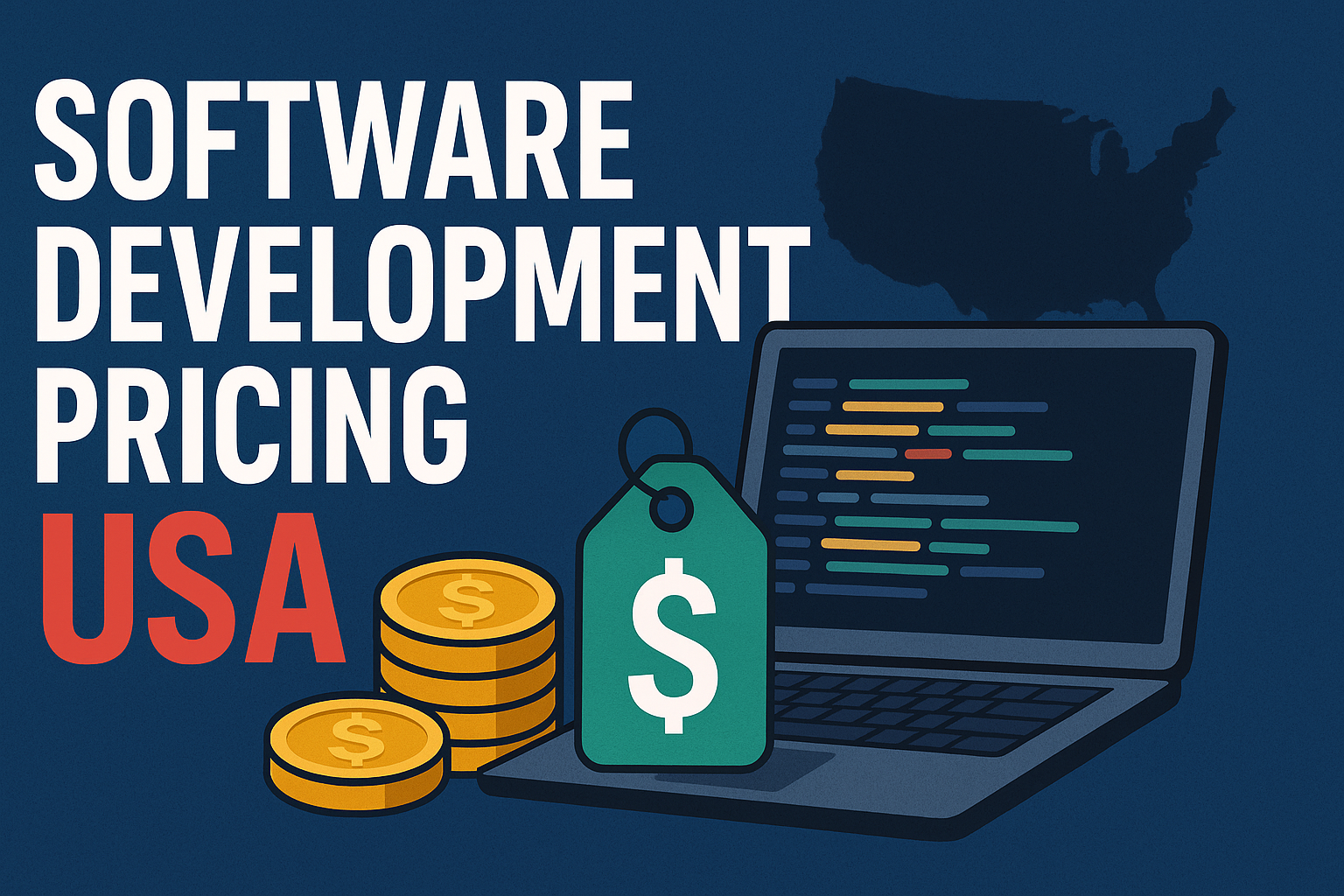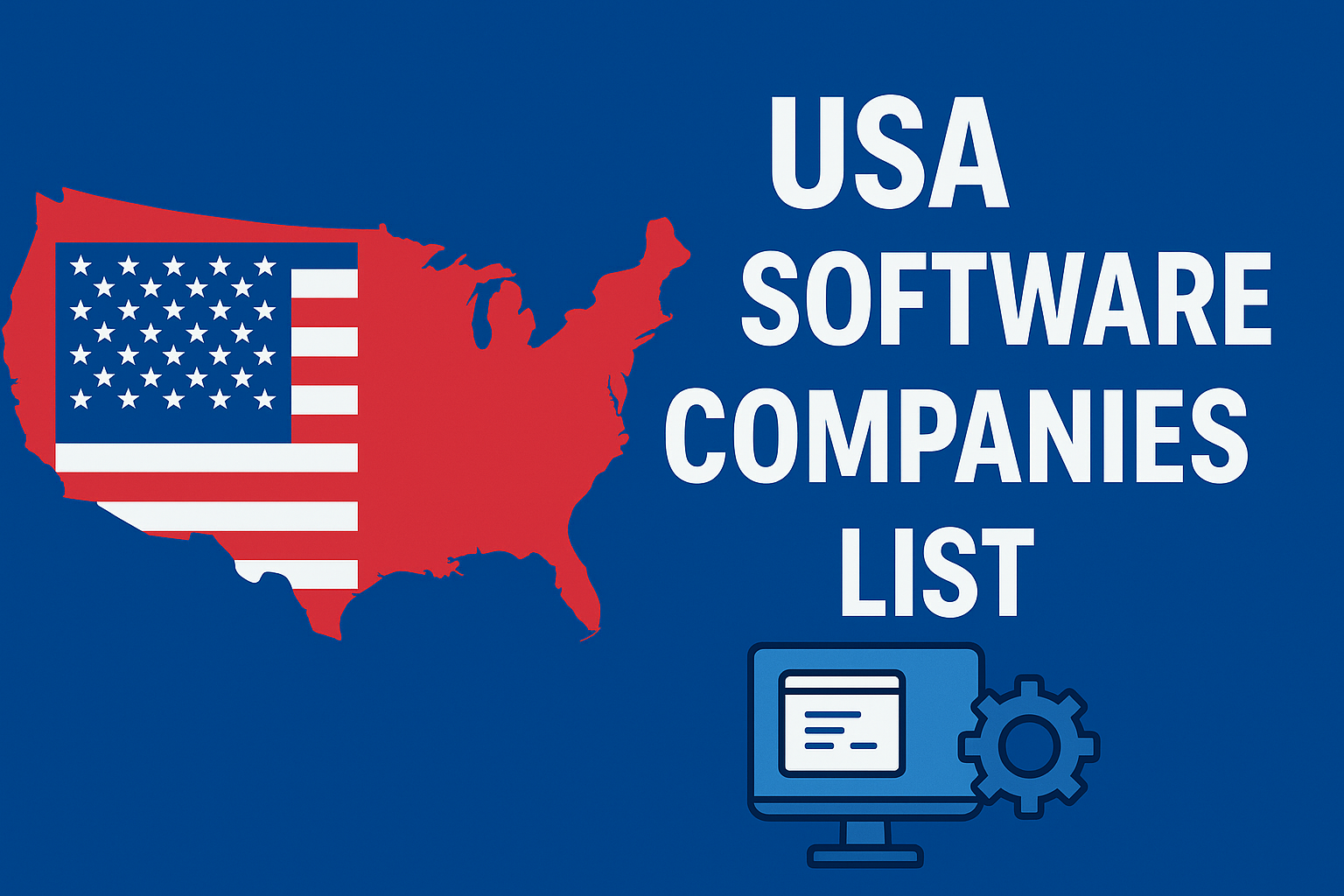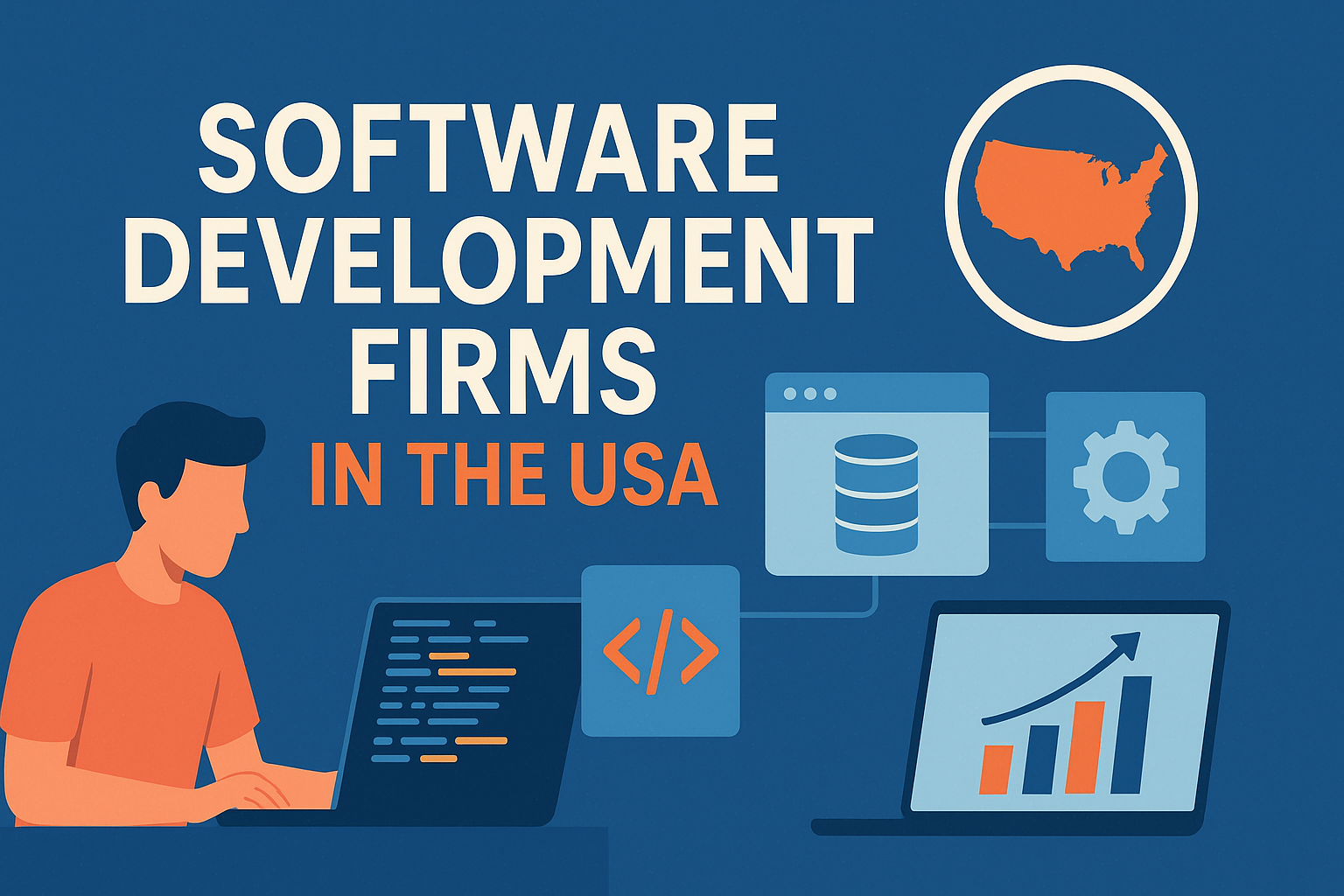Introduction: Why Software Development Pricing Matters
In today’s hyper-competitive digital world, the cost of software development isn’t just a budget line—it’s a strategic investment. For digital marketers, entrepreneurs, and business owners in the USA, understanding software development pricing can make the difference between a successful launch and a costly setback.
Whether you’re building a mobile app, a SaaS platform, or a custom ERP system, knowing the average software development rates in the USA—and the factors that influence them—will help you budget smarter, negotiate better, and avoid unexpected expenses.
1. What is Software Development Pricing?
Software development pricing refers to the cost structure for designing, developing, testing, and deploying software. This can range from a small fixed fee for a simple website to millions of dollars for enterprise-grade systems.
In the USA, the average hourly rate for software developers typically falls between $50 and $250/hour, depending on factors like:
- Technology stack (Java, Python, React, etc.)
- Developer experience level (junior, mid-level, senior)
- Location (Silicon Valley vs. Midwest)
- Complexity of the project
2. Factors Influencing Software Development Costs in the USA
To understand pricing, you need to know what’s driving it. Key cost factors include:
a. Developer Expertise
- Junior Developers: $50–$80/hour
- Mid-Level Developers: $80–$150/hour
- Senior Developers: $150–$250/hour
b. Project Scope and Complexity
A basic business website might cost $5,000–$10,000, while a custom enterprise platform can exceed $500,000.
c. Technology and Tools
Cutting-edge tools like AI/ML frameworks or blockchain integration can increase rates due to specialized skill requirements.
d. Development Model
- Fixed Price: Best for well-defined projects.
- Time & Materials: Flexible, but costs vary as the project evolves.
- Dedicated Team: A long-term investment, often used for ongoing development.
3. Typical Software Development Pricing Models in the USA
a. Fixed Price Model
Pros: Predictable costs, clear deliverables.
Cons: Less flexible for changes.
b. Hourly Rate Model
Pros: Flexibility, pay only for work done.
Cons: Costs can rise without strict time tracking.
c. Retainer / Dedicated Team Model
Pros: Reliable team availability, great for scaling products.
Cons: Higher long-term cost if underutilized.
4. Benefits of Understanding Software Development Pricing
- Better Budget Planning: Avoid cost overruns.
- Higher ROI: Invest in features that matter most.
- Improved Vendor Negotiations: Speak the same language as your development partner.
- Quality Assurance: Prevent cutting corners that impact software performance.
5. Expert Tips for Saving on Development Costs Without Sacrificing Quality
- Start with an MVP – Launch faster, then iterate.
- Outsource Non-Core Development – Offshore teams can offer $20–$50/hour rates.
- Use Open-Source Tools – Save on licensing fees.
- Plan Features Strategically – Avoid “feature creep.”
- Negotiate Maintenance Costs Upfront – Support can be 15–25% of initial development costs annually.
Conclusion & Call-to-Action
Software development pricing in the USA can be complex, but armed with the right knowledge, you can make smarter investment decisions. From choosing the right pricing model to negotiating effectively, every dollar saved can be reinvested into growth.
📢 Let’s Talk – Have you recently developed software in the USA? Share your experiences, pricing challenges, or success stories in the comments below. Your insights could help another entrepreneur make the right call.


